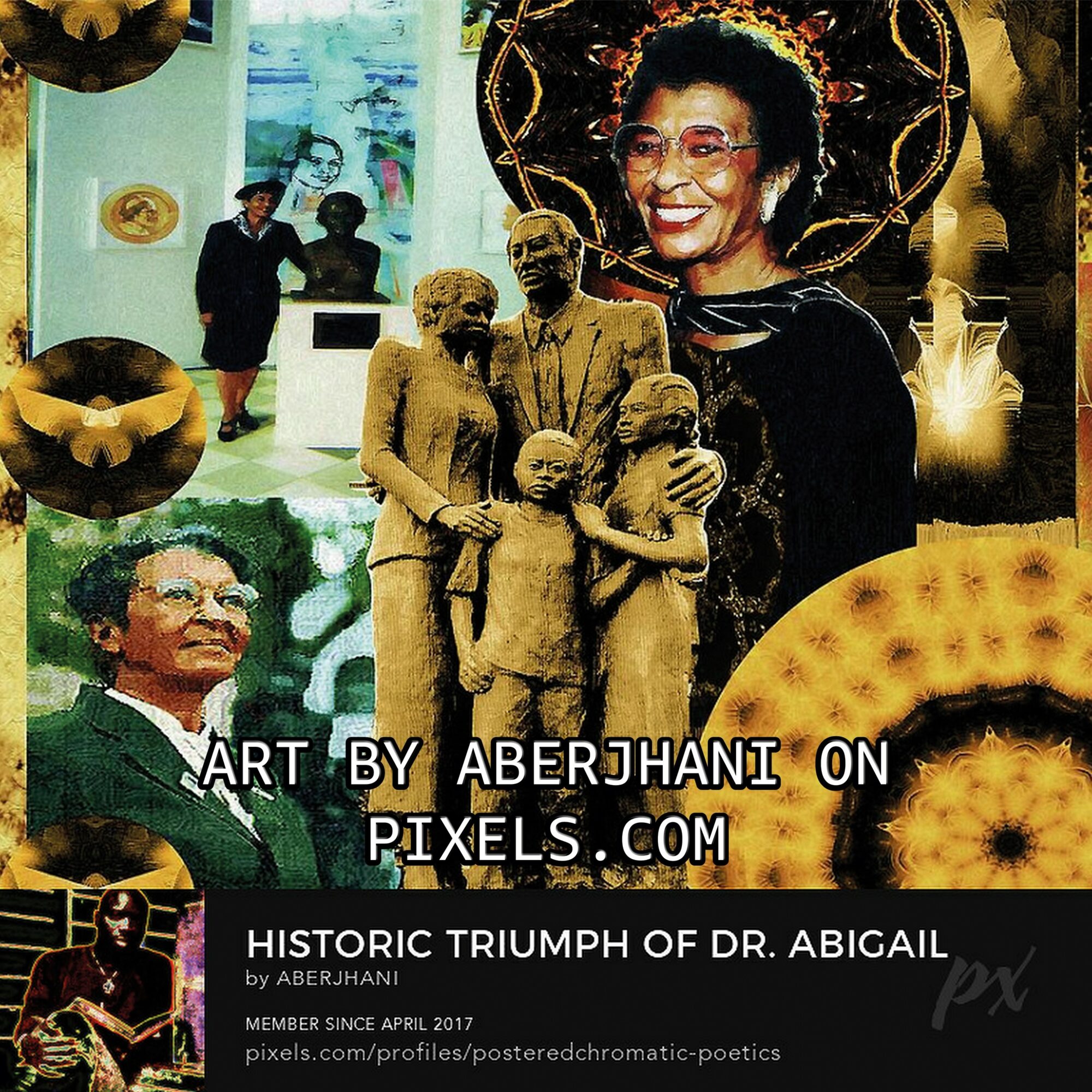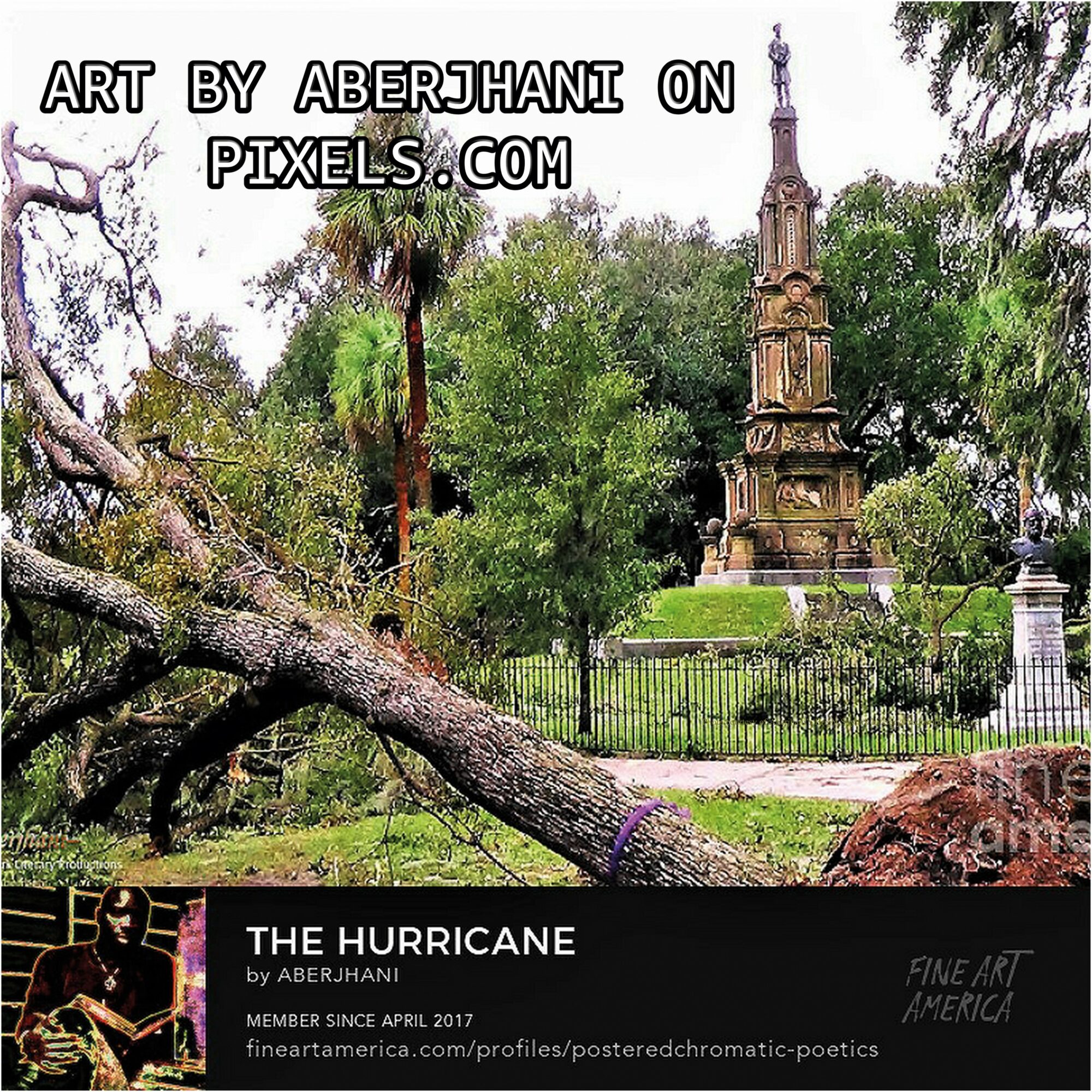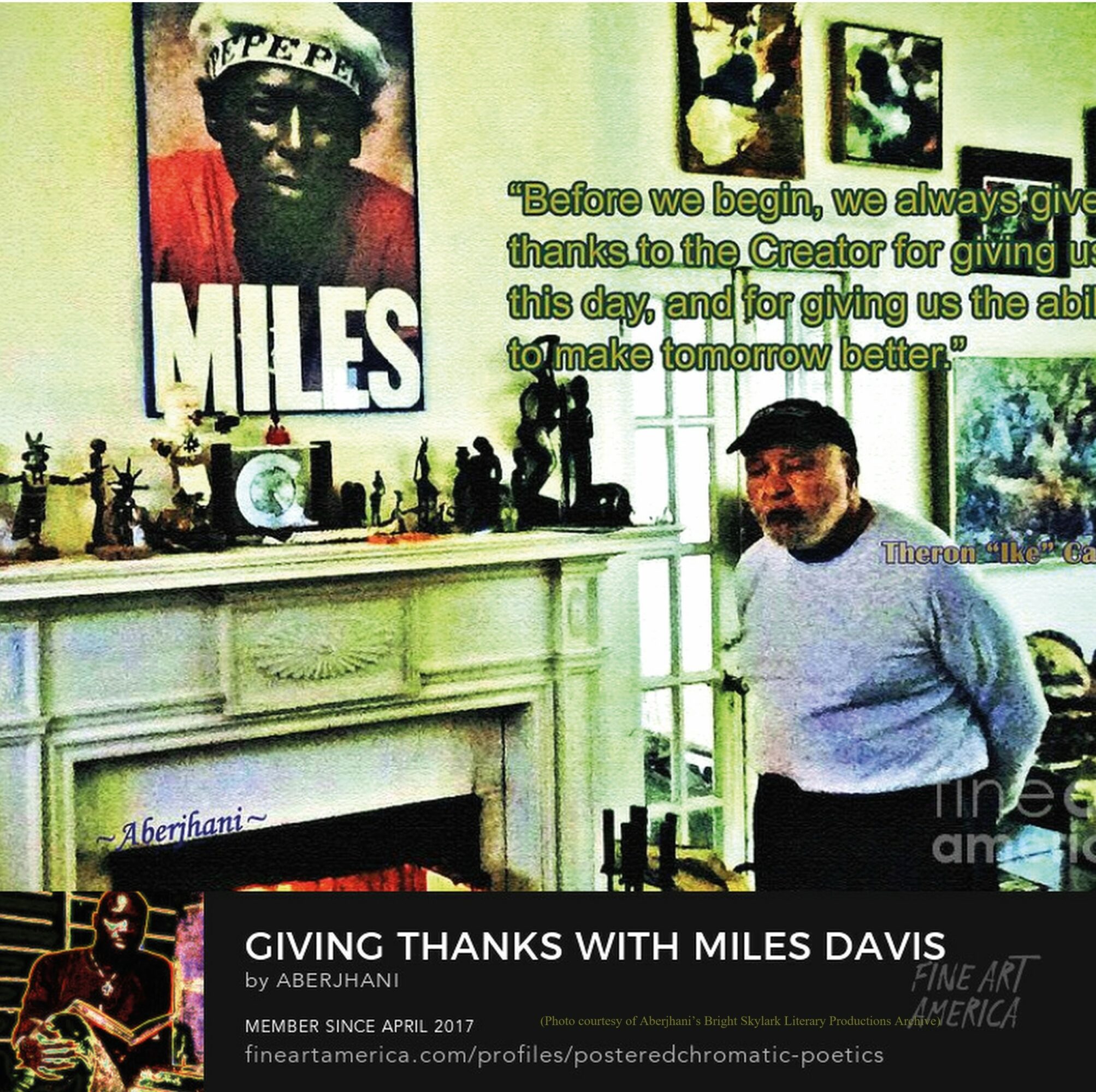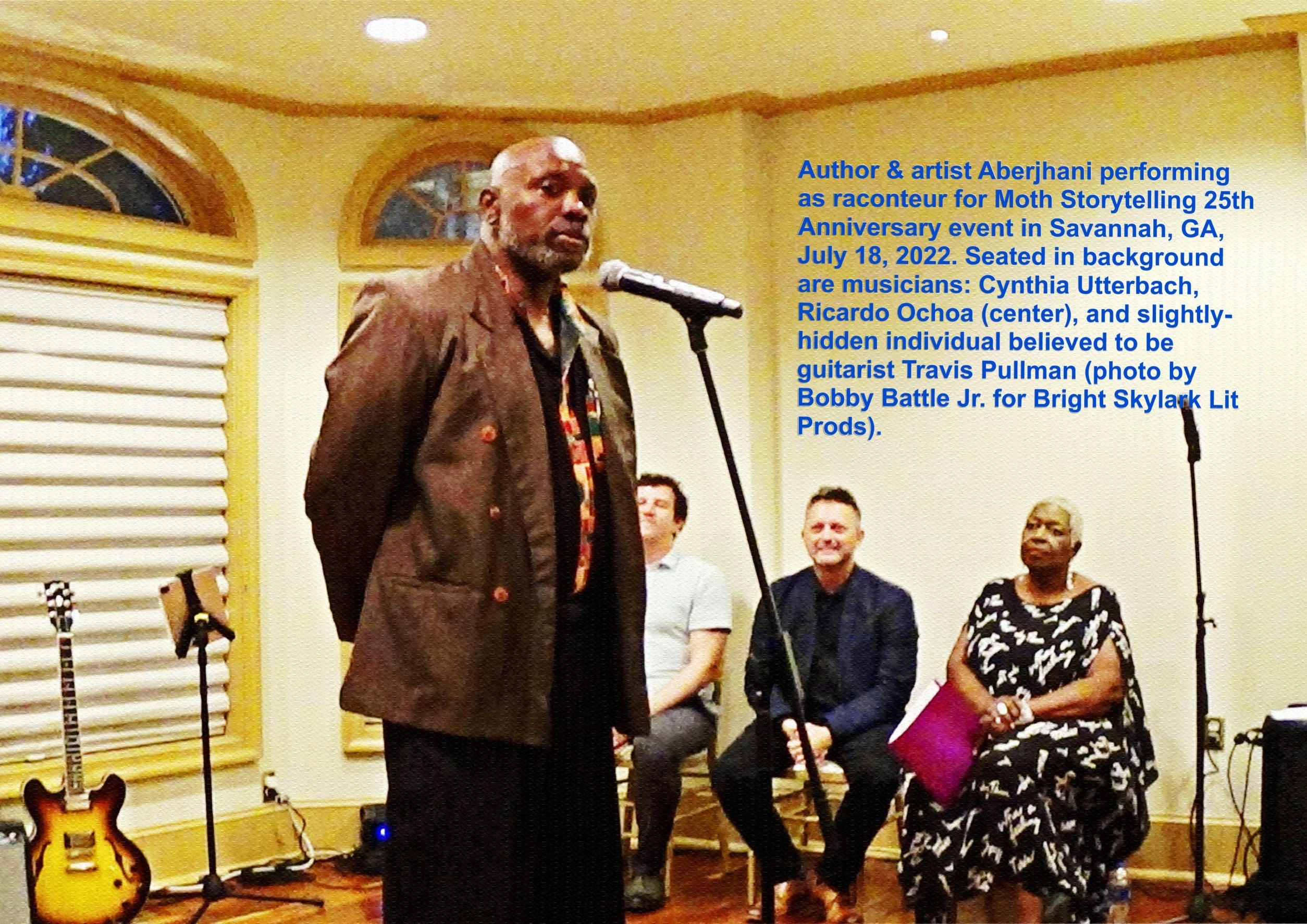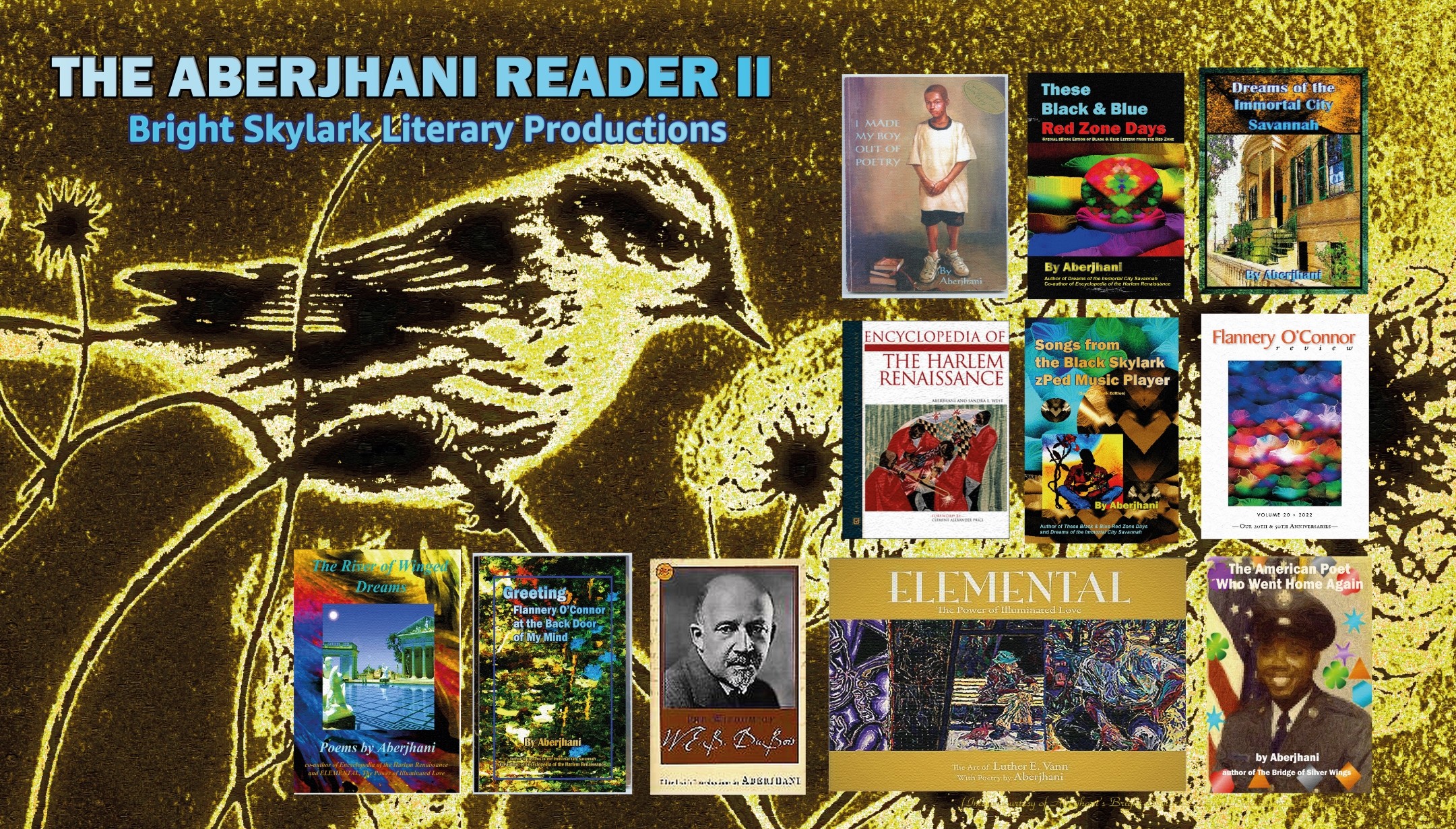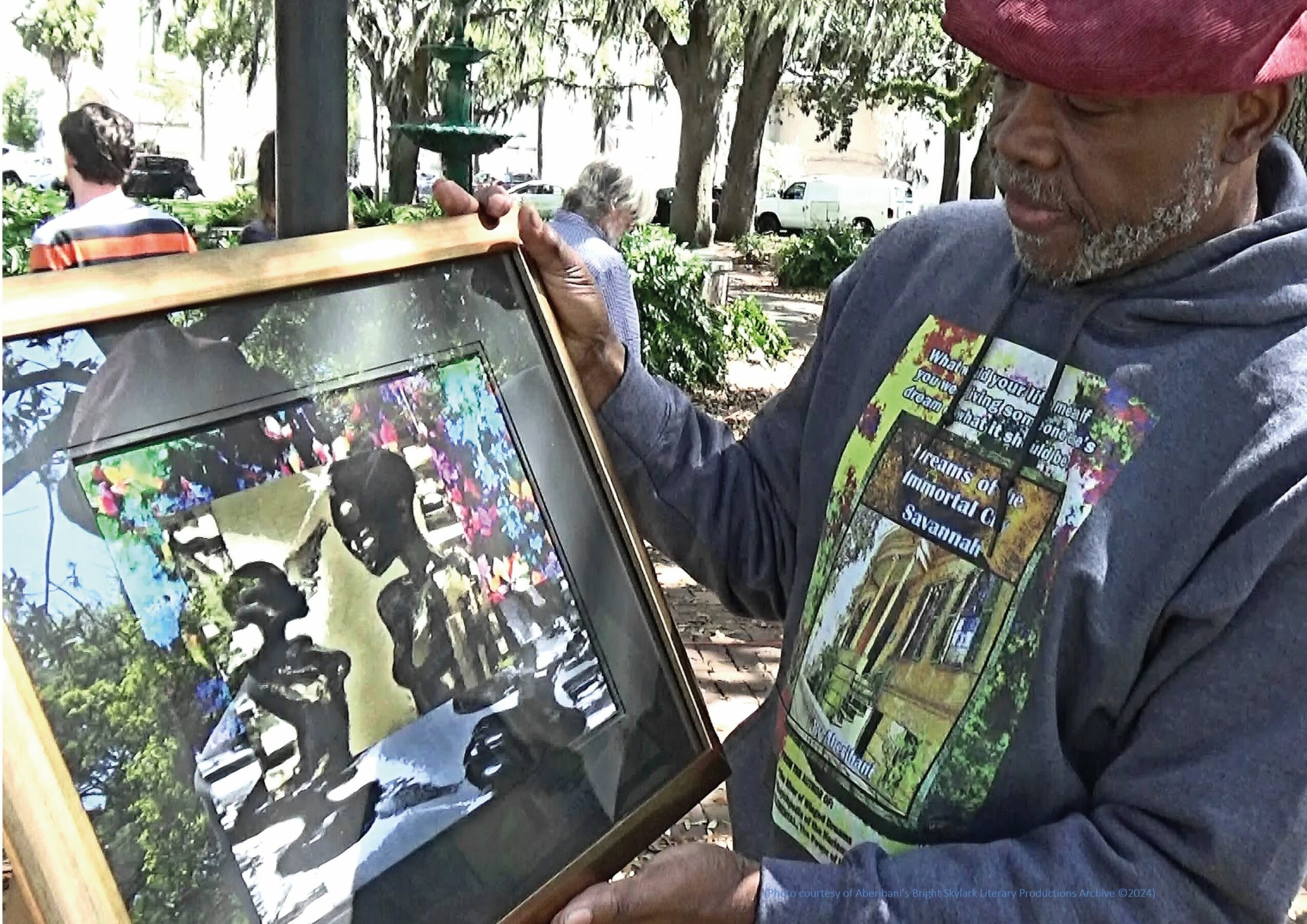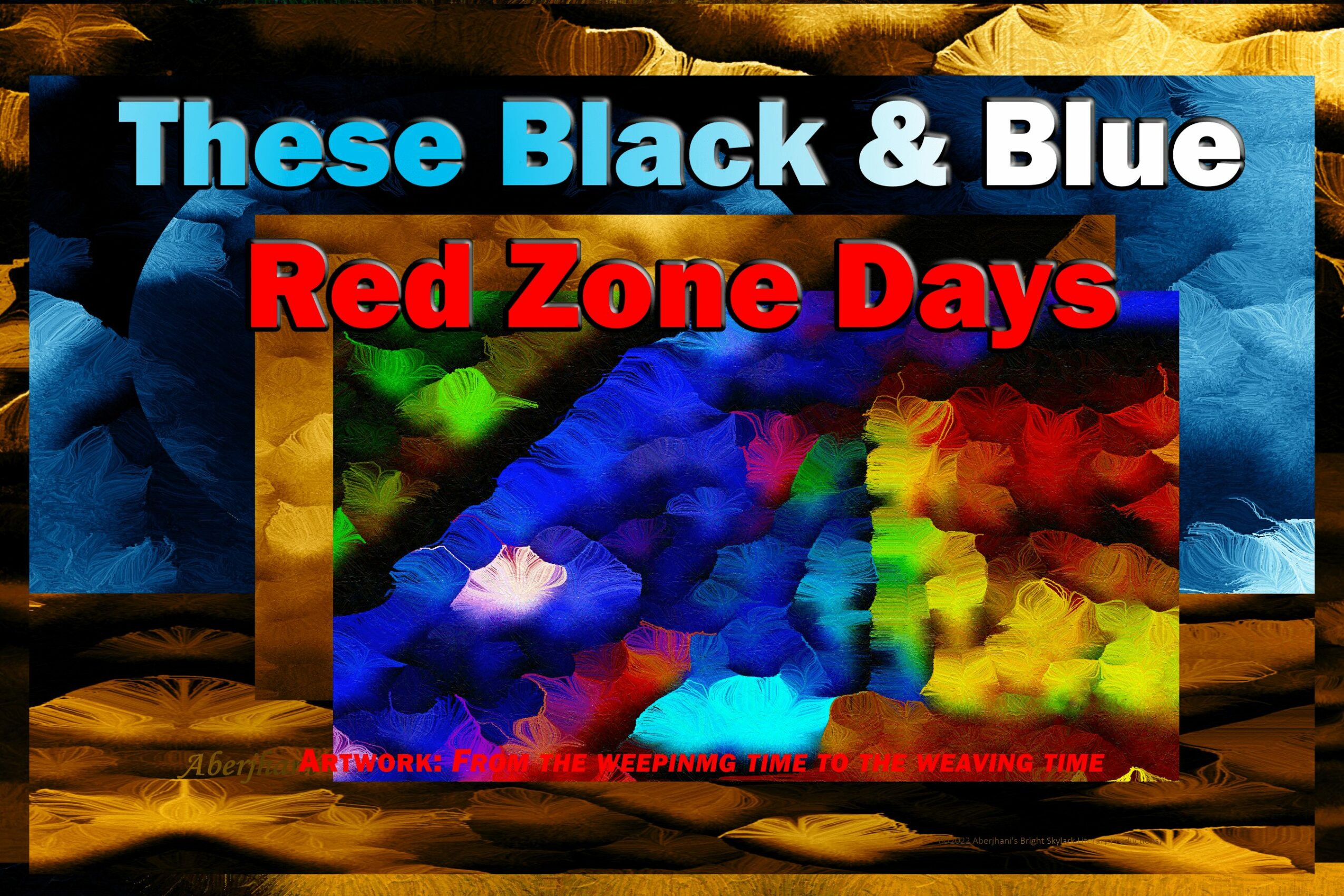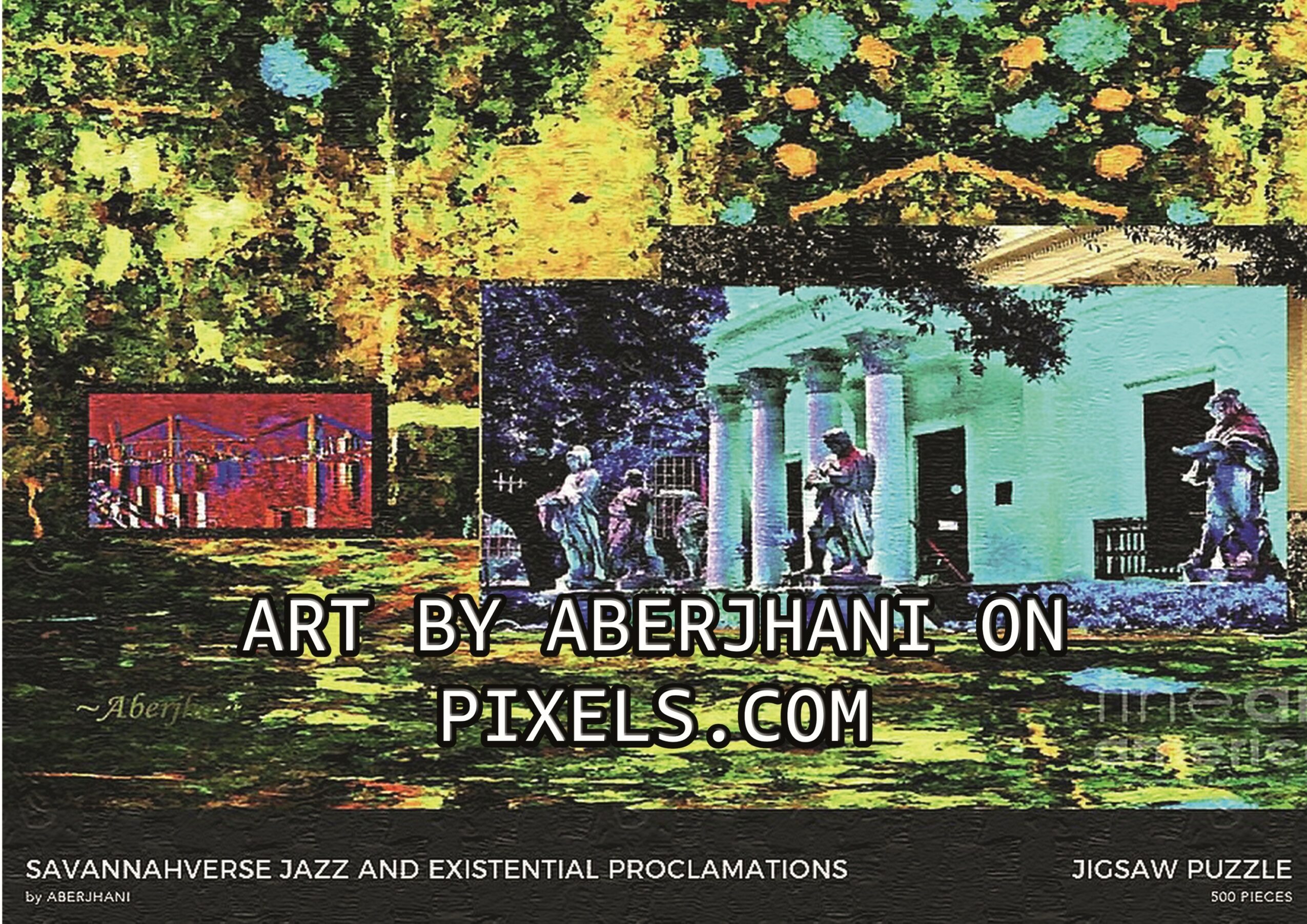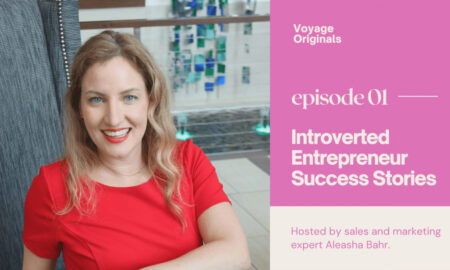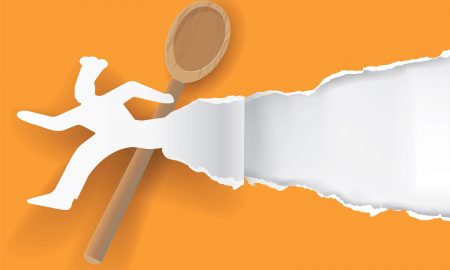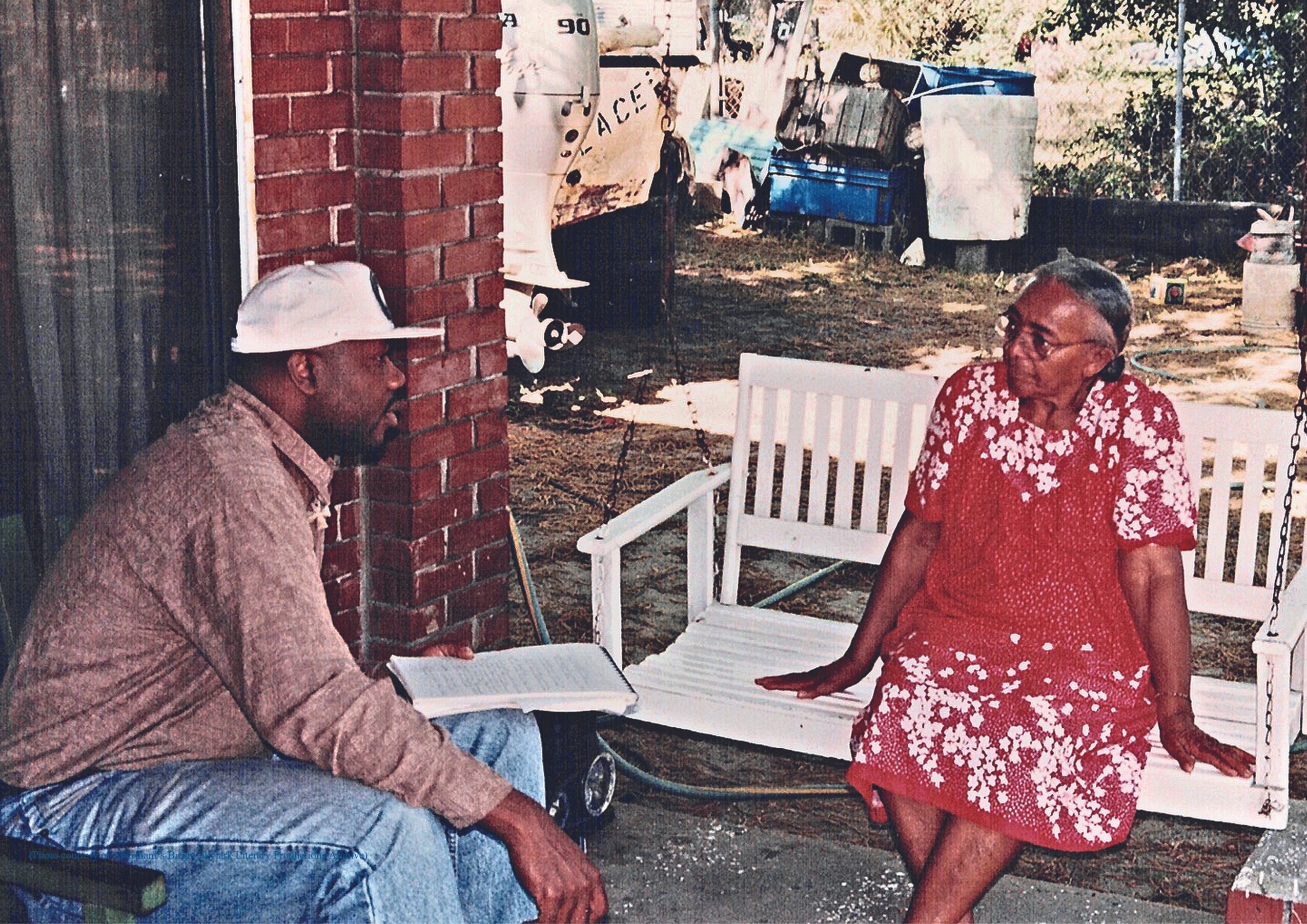

Today we’d like to introduce you to Author-Artist Aberjhani
Hi Aberjhani, we’d love for you to start by introducing yourself.
My start as a professional writer began as a U.S. Air Force journalist and documentarian with tours of duty in Alaska and Great Britain during the previous century. Which I’ve written about in my books The American Poet Who Went Home Again, and Greeting Flannery O’Connor at the Back Door of My Mind. I always credit the military with helping me learn how to blend creative passion with existential necessity to produce writing of substance under challenging conditions.
My plan after separating from the Air Force was to return to Europe or go to South Africa and live the life of a transnational writer. Some serious family and community situations forced me to revise those plans and instead of hunkering down at a cafe in Paris or Berlin or Capetown, I became a bookseller in my hometown.
For a while, I forgot about trying to write any books of my own. That was during a time, in the late 1980s and early 90s, when America’s publishing industry rarely made room for more than one or two African-American authors on national bookshelves. So bookselling seemed a fair consolation prize and expanding sections on African-American studies, plus other groups under-represented on store shelves, and contemporary poetry became part of my professional brand. My writing was limited to personal journaling.
In seriously ironic fashion, it was getting fired (for a completely unjust reason) from one of my bookselling jobs that forced me to start cranking out book reviews, short stories, poems, and a column for local papers like SCAD’s former weekly, The Georgia Guardian, and the Savannah edition of Creative Loafing. That led to participating in a lot of Savannah’s early spoken-word open mics, joining the Poetry Society of Georgia, and serving for almost a decade on the editorial board for the Savannah Literary Journal.
On the flip side, my ongoing work as a bookseller allowed me to interact with some amazing nationally-known authors, including Tina McElroy Ansa (whom we lost September 10, 2024), the great Susan L. Taylor of ESSENCE Magazine fame, and John Berendt of Midnight fame (about whom I wrote in Greeting Flannery at the Back Door of My Mind). Plus quite a few with regional ties we don’t hear enough about these days (like Margaret Wayt DeBolt, Arthur Gordon, and Charles Elmore) but whose works helped shape Savannah’s multicultural character and lay the groundwork for its evolution.
This combination of factors would later make it possible for me to be included (along with literary icons like James Alan McPherson and Rosemary Daniell) in the travel anthology LITERARY SAVANNAH, to co-author Encyclopedia of the Harlem Renaissance, regularly publish poetry in ESSENCE Magazine for a decade, and expand my portfolio of cultural arts work to include fine art digital creations and photography.
Alright, so let’s dig a little deeper into the story – has it been an easy path overall and if not, what were the challenges you’ve had to overcome?
“Smooth” is not a word I can use to describe the trajectory of my life or career, and yet the difficulties have often boosted me from one level of accomplishments to the next. People used to say, “I’m caught between a rock and a hard place” to describe situations which made them feel trapped between equally-painful choices. (Some felt the phrase appropriate during the early months of the 2024 presidential campaign until Joseph Biden gallantly stepped aside.)
It was a saying I cited often until, one evening, while visiting my friend Dr. Patricia Stewart’s home I saw on her refrigerator a quote that read: “And in between these rocks and hard places, I am making diamonds.” That made the proverbial light bulb turn on in my head. I realized that in my life, challenges were meant to be converted into creative works infused with inspiring cultural, philosophical, and spiritual insights. Interestingly enough, some of the more popular quotes by me now posted on social media are from haiku poems which, when centered on a page, kind of resemble the shape of a diamond. Like this one from The River of Winged Dreams:
“Dare to love yourself
as if you were a rainbow
with gold at both ends.”
Struggles along the way have included balancing the financial and psychological demands of serving as a stay-at-home caregiver for an aging parent within a large family while also striving to complete my first book, I Made My Boy Out of Poetry, then the ALA Choice Book Award-winning Encyclopedia of the Harlem Renaissance, and The Wisdom of W.E.B. Du Bois.
I actually declined the request to co-author the encyclopedia several times because I didn’t feel qualified to work on such an important book. But despite a national search for someone else to work with the late Sandra L. West on the title, the choice kept coming back to me. By then (year 2000) I had quit my job to take on caregiving full-time and at some point decided I had to dump my disparaging self-doubt and get to work. Last year, 2023, I celebrated the 20th anniversary of the encyclopedia’s publication and it can now be found on library listings throughout the U.S., in Europe, Africa, the Philippines, India, and elsewhere.
Challenges have also included the more recent impact of the pandemic combined with increasing instances of extreme climate-change events, like hurricanes Helene and Milton. Also, as so many have noted over the past decade, the lingering toxicity of racial and class bias that hampers the upward mobility of so many has remained painfully real. My creative instincts made it possible for me to document simultaneous experiences of these conditions in the form of an artbook, combining digital art by me and writings by myself joined with that of others from the around the world, called Black and Blue Letters from the Red Zone.
Although finding a publisher for the artbook has been difficult, I have been able to publish print and eBook text editions titled These Black and Blue Red Zone Days. Most of the letters in the book are addressed to members of Savannah’s homeless population, whom I saw having a very hard time during the pandemic. There are also letters and poems and stories celebrating the triumphant responses of people like bus drivers and grocery store workers, as well as tributes to creatives like Savannah sculptor Jerome Meadows, Nobel Laureate Toni Morrison, and Savannah/international artist Suzanne Jackson.
Thanks – so what else should our readers know about your work and what you’re currently focused on?
I probably wouldn’t use the word “proud” but I am grateful for the positive, and even “healing” according to some, impact which writings by me have had on different individuals and communities. The first time I realized that was happening was when the administrators of an addiction treatment center in the UK contacted me and asked permission to use this quote from The River of Winged Dreams for their official motto: “A bridge of silver wings stretches from the dead ashes of an unforgiving nightmare to the jeweled vision of a life started anew.”
Beyond that, folks like J.K. Rowling, T.D. Jakes, LL Cool J, and various celebrity influencers have posted quotes by me, many of which have been translated into dozens of languages, to inspire their social media followers. One of the most recent instances I’m aware of is this one about compassion on Oprah Daily.com: “Compassion crowns the soul with its truest victory.” Quite a few have also been featured on Adobe.com quote pages focused on healing, inspiration, and self-empowerment. So, thinking about this further, maybe I do take some pride in seeing my words in collections beside those of people like Maya Angelou, Martin Luther King, Jr., Oprah Winfrey, Jalaluddin Rumi, Beyonce, Carl Jung, James Baldwin, Michelle Obama, Kahlil Gibran, and others considered “great” or influential thinkers. What I don’t like about the quotes situation is how some have used them for commercial purposes without sharing the profits generated by them.
My use of art and photography to encourage mindful vigilance concerning issues like the climate crisis, gun violence, racial disparities, and practicing nonviolent conflict resolution is also something I’m proud of because I never imagined that side of my creativity manifesting so powerfully. But once again, conditions in my life and the world forced me to exercise those latent abilities in service to more than just personal ambition.
I’ve now been a member of the Savannah Art Association for a couple of years and at Pixels.com/Fine Art America for about seven. I was honored when photography by me was used in the ongoing campaign to change the name of the Eugene Talmadge Bridge. And even more so when the Flannery O’Connor Review featured art by me on its 2022 front cover as well as a 9-page section of images and poetry by me inside the publication.
A friend once told me I had found my “niche” by collecting the stories of extraordinary people and events overlooked by mainstream outlets and turning them into powerful creative expressions. Hearing that surprised me because I had thought of myself mostly as living a passion for following artistic instincts while advocating for social and political justice, and, simultaneously, celebrating the beautiful possibilities of the human spirit.
At this point, however, I have indeed compiled a substantial body of work (still in progress) that verifies my friend’s observation. My Encyclopedia of the Harlem Renaissance with Sandra was groundbreaking for the way it allowed us to shine spotlights on the men and women of that phenomenal 1920s-1940s movement which started in Harlem, NYC, and then spread all over the world (a lot like Hip-hop later on). But the work I’ve done since then has made it possible for me to use literature and visual artistry to document the lives of contemporary everyday people (often in Savannah) alongside some who can only be described as extraordinary. These have included activists, immigrants, musicians, veterans, educators, fellow authors, artists, poets, ministers, historians, and entire families (like the Morans down in Harris Neck, and the Pleasants in Savannah). For some of these, I served as an editor or ghost writer for their own books in order their amplify their voices.
As for right now: My primary goals are to launch a podcast on an overlooked cultural arts niche in Savannah (initial scripts already written and some material recorded), work with a group of visual artists on a major interdisciplinary museum project (proposal already done), and complete a volume on the iconic radio programmer Theron “Ike” Carter (first full draft in progress). All of these align with previous efforts to secure overlooked legacies while constructing new tools and touchstones for bridging xenophobic presumptions of “otherness” and institutionalized bias in order to overcome the collective failings which have held too many back for too long. There’s no reason we can’t all reap the benefits, at this present 21st-century time, of a combined human potential that could help the whole of humanity move forward with a sense of inspired dignity and sustainable harmonious coexistence.
Do you have recommendations for books, apps, blogs, etc?
The Source of Self-Regard by Toni Morrison, Furor and Mystery and Other Writings by Rene Char, and Collected Works by James Baldwin are three of my most important book companions. I more recently began educating myself on the ups and downs of artificial intelligence with Jerry Washington’s Simulated Realities, Generative AI and the Remanufacture of Professionalism.
Online: Worldometers.info is my go-to site for real-time basic numbers on the human population and environmental changes. My own Bright Skylark Literary Productions (publishing since 2012) and the Internet Archive are important resources as well.
Contact Info:
- Website: https://www.author-poet-aberjhani.info/ and https://posteredchromatic-poetics.pixels.com/
- Instagram: https://www.instagram.com/1official_aberjhani/
- Facebook: https://www.facebook.com/LiteraryScribe/
- Other: https://www.amazon.com/stores/Aberjhani/author/B001KHNT6E
